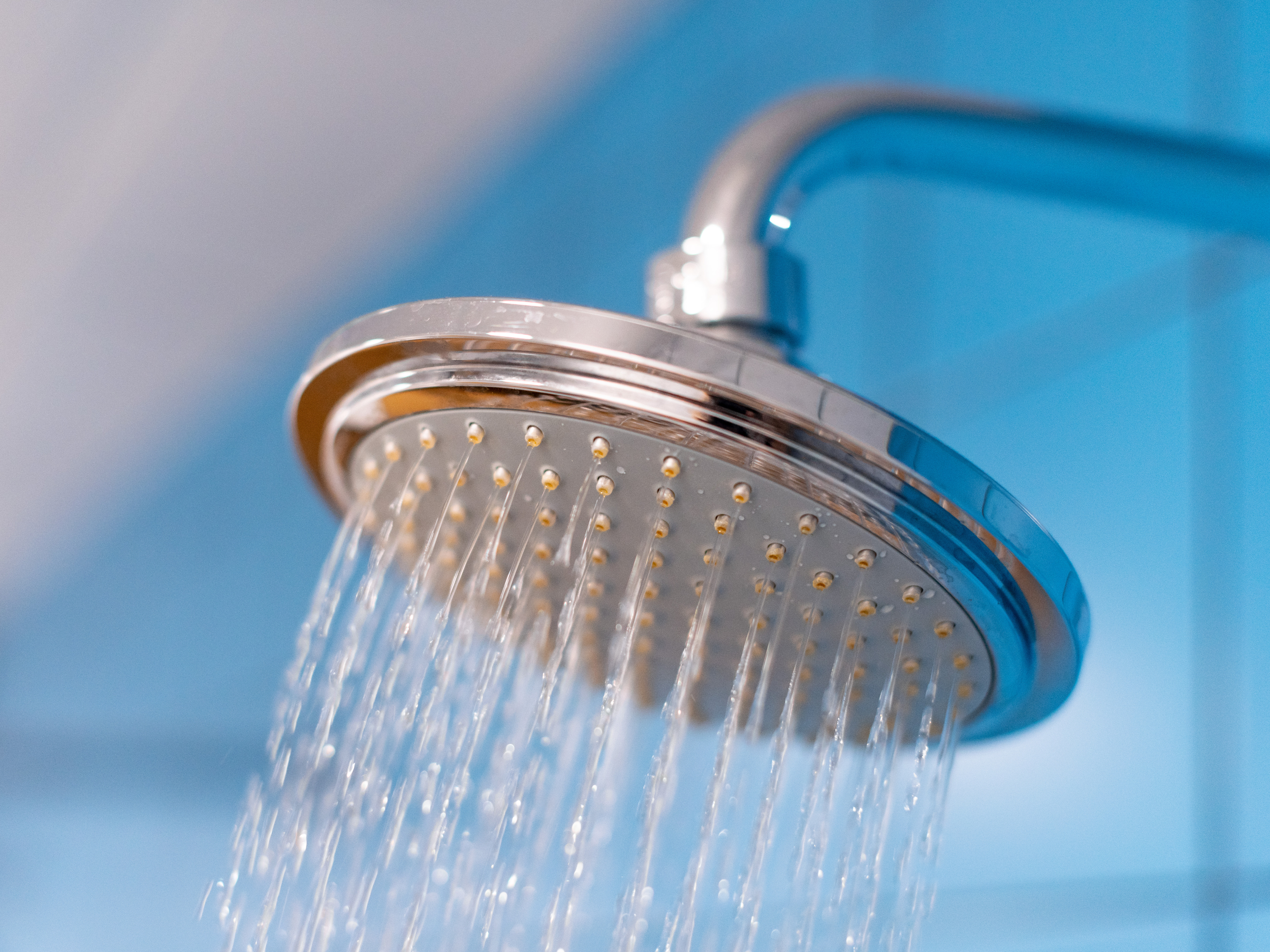Troubleshooting Guide: Why Is Your Water Not Heating Up?
Today, we're delving into a problem that can quickly turn a relaxing shower into a chilly wake-up call: why your water isn't heating up. Let's dive into the causes and solutions to get you back to enjoying hot showers and warm water in no time!
Identifying the Problem
Picture this: you turn on the tap, expecting a soothing stream of hot water, but all you get is a blast of cold. What could be causing this frustrating scenario? Here are some common culprits to consider:
Thermostat Troubles: Your water heater's thermostat regulates the temperature of the water. If it's set too low or malfunctioning, you may end up with lukewarm or cold water instead of the comforting warmth you crave.
Sediment Buildup: Over time, minerals and sediment can accumulate at the bottom of your water heater tank. This buildup can insulate the heating element, reducing its efficiency and causing your water to remain cold.
Heating Element Issues: A broken or faulty heating element can spell trouble for your water heater's performance. Without a properly functioning heating element, your water may not reach the desired temperature, leaving you with chilly showers.
Pilot Light Problems: For gas water heaters, a malfunctioning pilot light could be to blame for the lack of hot water. If the pilot light goes out or isn't igniting correctly, your water heater won't be able to heat the water effectively.
Troubleshooting Steps
Now that we've identified some potential causes, let's explore what you can do to troubleshoot the issue:
Check the Thermostat: Make sure your water heater's thermostat is set to the appropriate temperature (typically around 120°F or 49°C). Adjust it if necessary and see if that resolves the problem.
Inspect for Leaks: Look for any signs of leaks or water damage around your water heater. Addressing leaks promptly can prevent further damage and ensure your water heater operates efficiently.
Flush the Tank: Periodically flushing your water heater can help remove sediment buildup and improve its performance. Follow the manufacturer's instructions for flushing your specific type of water heater.
Test the Heating Element: If you suspect a faulty heating element, it may need to be tested and replaced by a professional. Attempting to repair or replace a heating element yourself can be dangerous, so it's best to leave this task to the experts.
Professional Assistance
If DIY troubleshooting doesn't solve the problem, don't hesitate to reach out to the professionals at Jim Dandy Sewer & Plumbing. Our experienced technicians can diagnose the issue and provide expert repairs to get your hot water flowing again.
Conclusion
Dealing with cold water when you're expecting a hot shower can be a frustrating experience, but with the right troubleshooting steps and professional assistance, you can quickly resolve the issue. Whether it's a thermostat problem, sediment buildup, or a faulty heating element, the team at Jim Dandy Sewer & Plumbing is here to help you enjoy the comforts of hot water once again.
For more tips and expert advice on home maintenance and plumbing solutions, stay tuned to the Jim Dandy Sewer & Plumbing blog!

